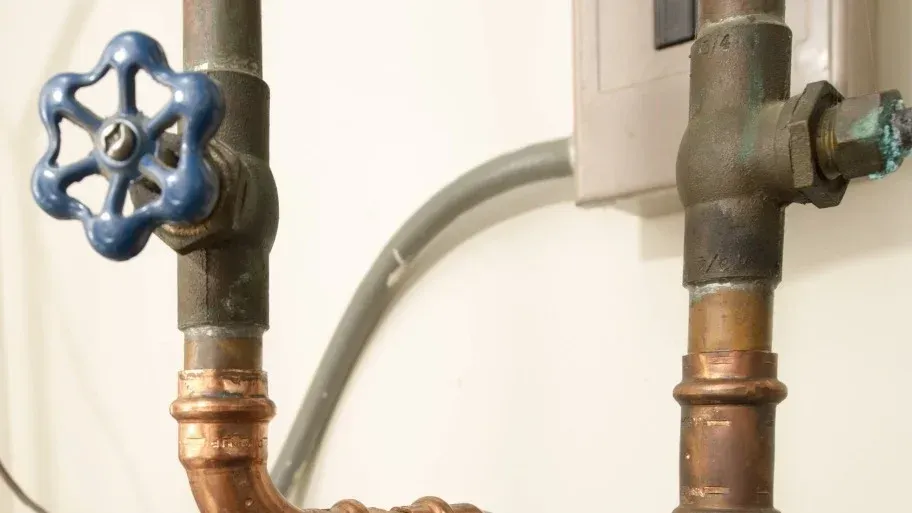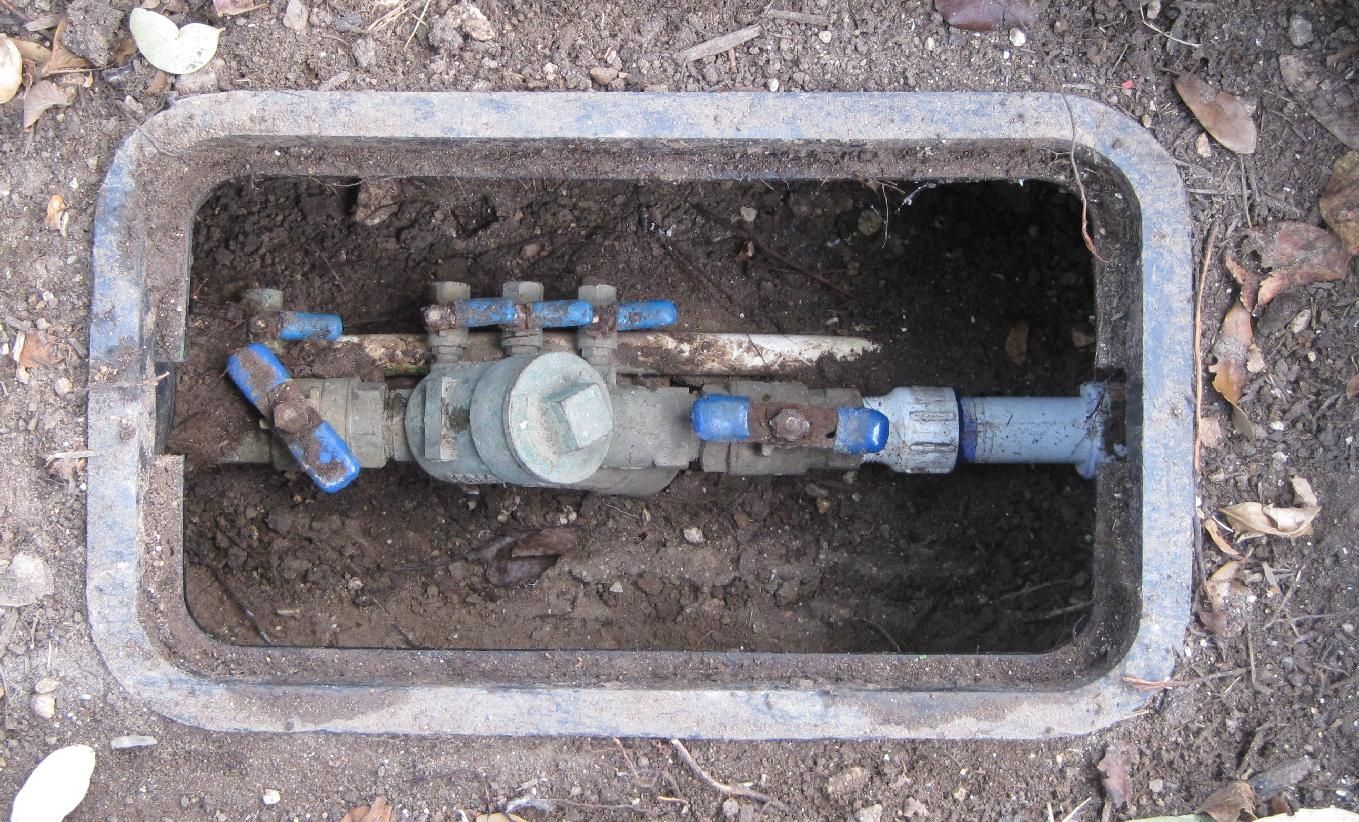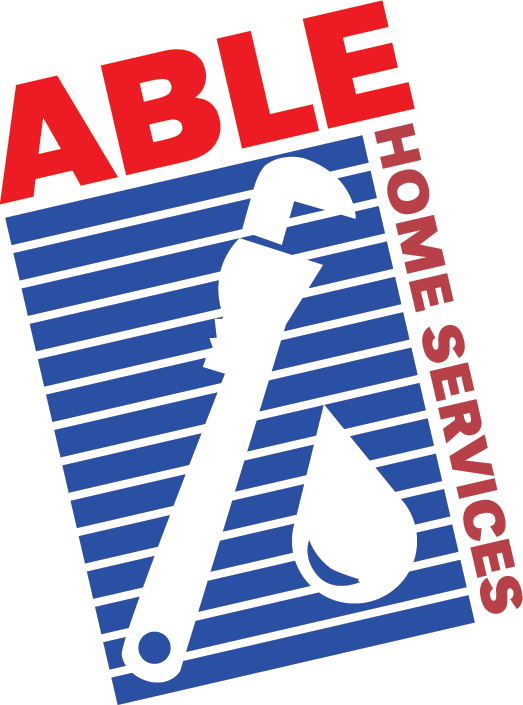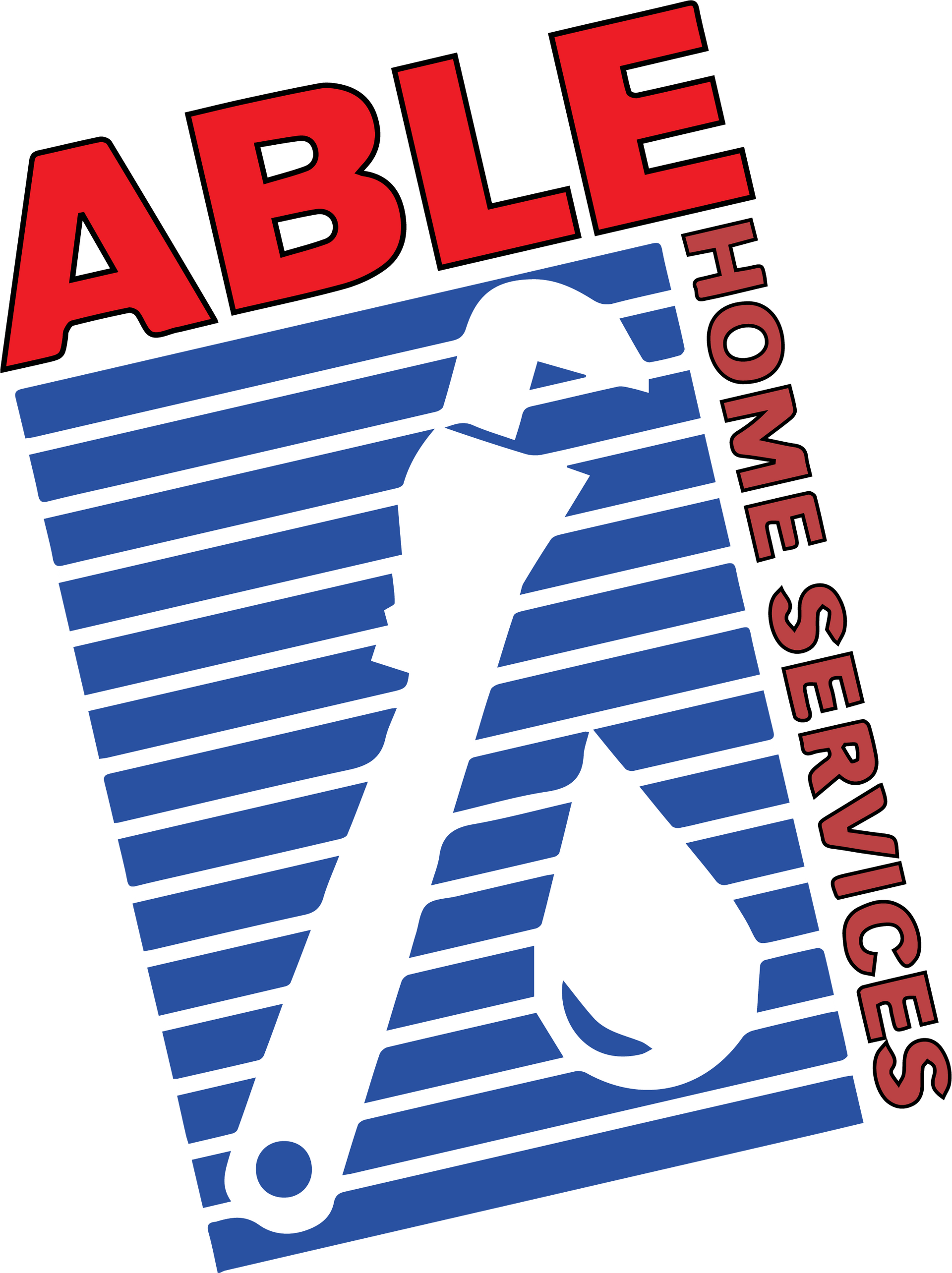House Shut Off Valve
You'll Be Glad You Called Us First!
Mastering the Use of House Shut Off Valves for Home Safety and Maintenance
The house shut off valve is a critical component of any residential plumbing system, serving as the main control point for turning off the water supply to the entire home. Knowing the location and operation of this valve is essential for homeowners, as it allows for immediate action in case of plumbing emergencies, routine maintenance, or when preparing the home for extended periods of vacancy. This section explores the importance of house shut off valves, guidelines for locating and using them, and tips for maintenance to ensure they function reliably when needed. Need help with the valves at your home? You can count on the Master Plumbers at Able Home Services to come through and lend a helping hand.
We include great service guarantees on all our tub and shower work as well.

Understanding House Shut Off Valves
A house shut off valve is designed to stop the flow of water into a home's plumbing system from the municipal water supply or private well. In the event of a significant leak, pipe burst, or during renovations that involve the plumbing system, turning off this valve prevents water damage and facilitates repairs.
Types of House Shut Off Valves
- Gate Valve: A common type, gate valves feature a wheel handle that, when turned, lowers a metal gate to block water flow. They provide a reliable seal but can be prone to seizing if not operated regularly.
- Ball Valve: Ball valves are identified by a lever handle that turns 90 degrees to open or close the valve. They are less likely to seize than gate valves and provide a quick means of shutting off water.
Locating Your House Shut Off Valve
- In Cold Climates: The valve is typically located inside the home to prevent freezing. Common locations include the basement, utility area, or near the water heater.
- In Warmer Climates: The shut off valve may be outside, often near the foundation or where the water line enters the home. It may be covered by a utility box.
- Utility Meter: In some cases, an additional shut off valve is located near the water meter, which may be useful if the main valve is inaccessible or inoperable.
Operating the Shut Off Valve
- Familiarize Yourself: Locate and familiarize yourself with the operation of your home's shut off valve before an emergency arises. Ensure all household members know its location and how to use it.
- Regular Testing: Test the valve at least once a year to ensure it operates smoothly. For a gate valve, this helps prevent seizing. For a ball valve, check that the lever turns easily.
- In Case of Emergency: In the event of a plumbing emergency, turn the valve clockwise (for a gate valve) or rotate the lever perpendicular to the pipe (for a ball valve) to shut off the water supply.
Maintenance Tips
- Lubrication: Apply a lubricant to the valve mechanism (particularly gate valves) to ensure smooth operation.
- Accessibility: Keep the area around the shut off valve clear of obstructions to ensure quick access in emergencies.
- Professional Inspection: Consider having a professional plumber inspect the valve during routine maintenance visits to ensure its reliability.

Are You Ready To Operate Your Whole House Shut Off?
The house shut off valve is an indispensable tool for managing your home's plumbing system, providing a means to prevent water damage and facilitate repairs. By understanding the types of shut off valves, knowing how to locate and operate your home's valve, and adhering to basic maintenance practices, homeowners can ensure their plumbing system is prepared for any situation. Remember, prompt action in shutting off the water supply can mitigate the impact of plumbing emergencies, underscoring the importance of familiarity with this essential home safety feature. And should you need help, ABLE plumbing is ready to assist!


